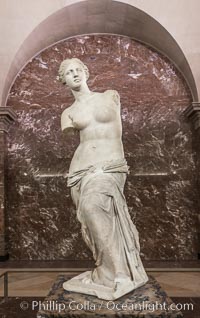
Aphrodite of Milos, Aphrodite tes Melou, better known as the Venus de Milo, is an ancient Greek marble statue and one of the most famous works of ancient Greek sculpture. Created sometime between 130 and 100 BC, it is believed to depict Aphrodite, the Greek goddess of love and beauty (Venus to the Romans).
Location: Musee du Louvre, Paris, France
Image ID: 28097
Location: Musee du Louvre, Paris, France
Image ID: 28097
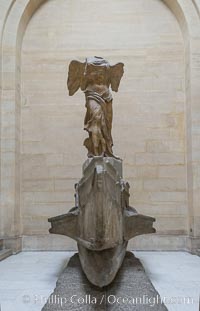
The Winged Victory of Samothrace, also called the Nike of Samothrace, is a 2nd century BC marble sculpture of the Greek goddess Nike (Victory). The Nike of Samothrace, discovered in 1863, is estimated to have been created around 190 BC.
Location: Musee du Louvre, Paris, France
Image ID: 28102
Location: Musee du Louvre, Paris, France
Image ID: 28102

Elgin Marbles, a collection of classical Greek marble sculptures that originally were part of the Parthenon of Athens.
Location: British Museum, London, United Kingdom
Image ID: 28323
Panorama dimensions: 3224 x 9957
Location: British Museum, London, United Kingdom
Image ID: 28323
Panorama dimensions: 3224 x 9957
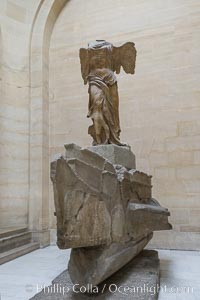
The Winged Victory of Samothrace, also called the Nike of Samothrace, is a 2nd century BC marble sculpture of the Greek goddess Nike (Victory). The Nike of Samothrace, discovered in 1863, is estimated to have been created around 190 BC.
Location: Musee du Louvre, Paris, France
Image ID: 28103
Location: Musee du Louvre, Paris, France
Image ID: 28103
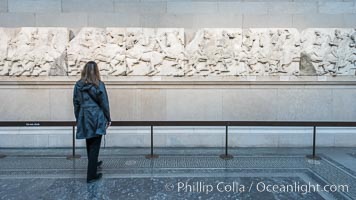
Elgin Marbles, a collection of classical Greek marble sculptures that originally were part of the Parthenon of Athens.
Location: British Museum, London, United Kingdom
Image ID: 28311
Location: British Museum, London, United Kingdom
Image ID: 28311
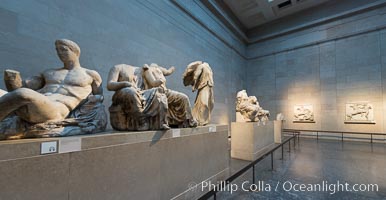
Elgin Marbles, a collection of classical Greek marble sculptures that originally were part of the Parthenon of Athens.
Location: British Museum, London, United Kingdom
Image ID: 28312
Location: British Museum, London, United Kingdom
Image ID: 28312
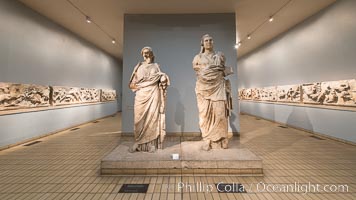
Mausoleum at Halikarnassos. Colossal statue of a man and woman from the Mausoleum at Halikarnassos. Greek, around 350 BC. From modern Bodrum, south-western Turkey.
Location: British Museum, London, United Kingdom
Image ID: 28314
Location: British Museum, London, United Kingdom
Image ID: 28314
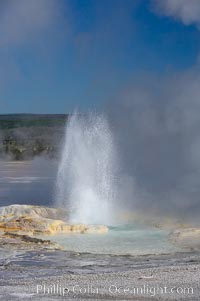
Clepsydra Geyser erupts almost continuously, reaching heights of feet. Its name is Greek for water clock, since at one time it erupted very regularly with a three minute interval. Lower Geyser Basin.
Location: Lower Geyser Basin, Yellowstone National Park, Wyoming
Image ID: 13532
Location: Lower Geyser Basin, Yellowstone National Park, Wyoming
Image ID: 13532
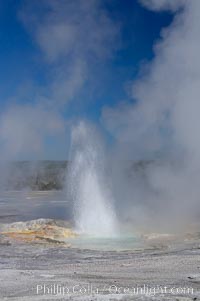
Clepsydra Geyser erupts almost continuously, reaching heights of feet. Its name is Greek for water clock, since at one time it erupted very regularly with a three minute interval. Lower Geyser Basin.
Location: Lower Geyser Basin, Yellowstone National Park, Wyoming
Image ID: 13533
Location: Lower Geyser Basin, Yellowstone National Park, Wyoming
Image ID: 13533
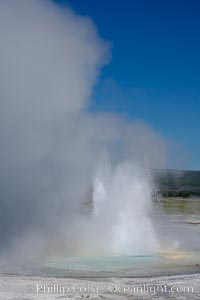
Clepsydra Geyser erupts almost continuously, reaching heights of feet. Its name is Greek for water clock, since at one time it erupted very regularly with a three minute interval. Lower Geyser Basin.
Location: Lower Geyser Basin, Yellowstone National Park, Wyoming
Image ID: 13534
Location: Lower Geyser Basin, Yellowstone National Park, Wyoming
Image ID: 13534
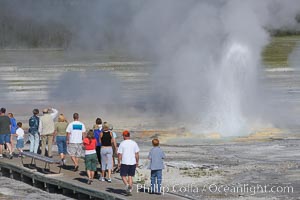
Visitors watch Clepsydra Geyser erupts almost continuously, reaching heights of feet. Its name is Greek for water clock, since at one time it erupted very regularly with a three minute interval. Lower Geyser Basin.
Location: Lower Geyser Basin, Yellowstone National Park, Wyoming
Image ID: 13535
Location: Lower Geyser Basin, Yellowstone National Park, Wyoming
Image ID: 13535
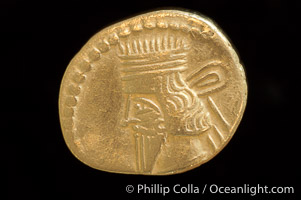
Vologases III of Parthia (105-147 A.D.), depicted on ancient Parthian coin (silver, denom/type: Drachm) (Ar Drachm, aVF. Obverse: Bust left. Reverse: archer enthroned right, holding bow, Greek legend.).
Image ID: 06748
Image ID: 06748
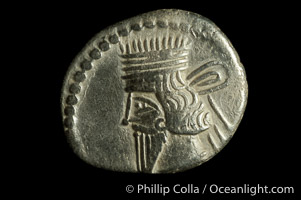
Vologases III of Parthia (105-147 A.D.), depicted on ancient Parthian coin (silver, denom/type: Drachm) (Ar Drachm, aVF. Obverse: Bust left. Reverse: archer enthroned right, holding bow, Greek legend.).
Image ID: 06749
Image ID: 06749

Vologases III of Parthia (105-147 A.D.), depicted on ancient Parthian coin (silver, denom/type: Drachm) (Ar Drachm, aVF. Obverse: Bust left. Reverse: archer enthroned right, holding bow, Greek legend.).
Image ID: 06750
Image ID: 06750
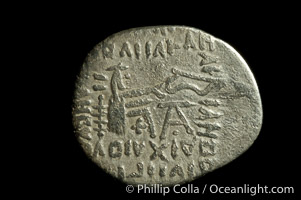
Vologases III of Parthia (105-147 A.D.), depicted on ancient Parthian coin (silver, denom/type: Drachm) (Ar Drachm, aVF. Obverse: Bust left. Reverse: archer enthroned right, holding bow, Greek legend.).
Image ID: 06751
Image ID: 06751